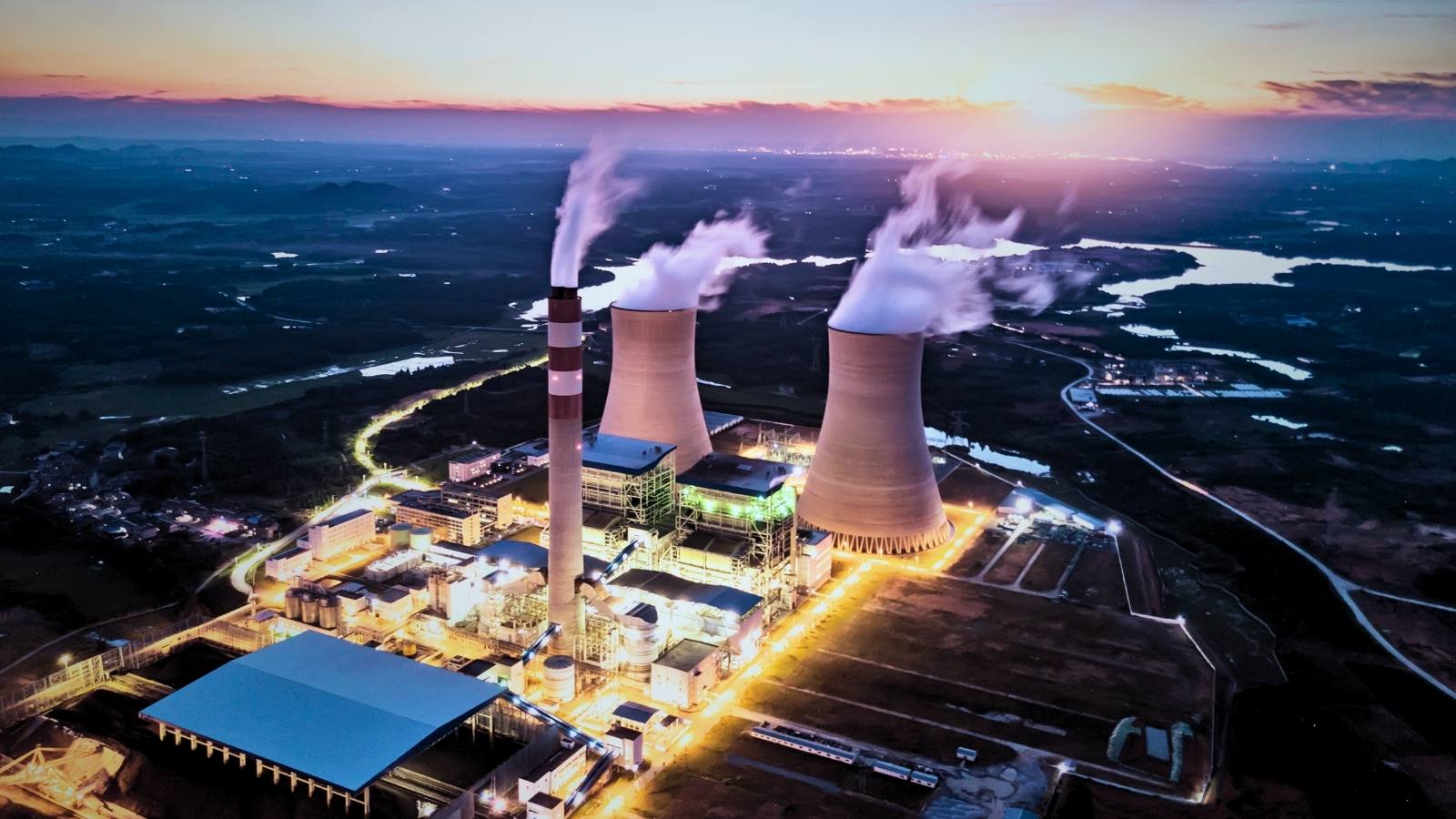Charcoal
Charcoal
Features and Applications
Although we usually consider the main product, one cannot lose sight of the fact that it is just one of the outputs of pyrolysis.
There are 4 basic applications for the charcoal:
Source of reducing carbon, for steelmaking processes
Fuel, whether in steel mills or other industrial plants
Cooking (charcoal for barbecue)
Biochar, with diverse applications (additive in animal feed, agriculture, cosmetics, etc.)
For each of the applications, we can customize the following parameters:
Fixed carbon: typically 70% to 85%
Ash: < 1%
Granulometry: variable, from typical charcoal to pulverized
Fines: usually as little as possible
Gravimetric yield: between 37% and 41%




Charcoal
Advantages of WavenTech. Charcoal
Charcoal produced using WavenTech. technology presents a series of advantages compared to charcoal produced by the conventional method, for example:

Eucalyptus charcoal, produced with WavenTech. technology
Specific properties defined according to the needs of each client (high fixed carbon, for example)
Lower percentage of ash and fines, which may even be performance parameters in commercial proposals (reduction targets)
As carbonization takes place from the inside out, the external part is less friable, contributing to its better overall compressive strength
At least 30% more charcoal per hectare of forest, due to the higher gravimetric yield
At least 50% less emissions in the production process (1,124 kg of CO2 equivalent per ton of coal produced) – possibility of using carbon credits!
Charcoal
Charcoal as Fuel
No equipment modifications are required (boilers, feed systems and accessories)
Logistics and raw material loading also remain unchanged
Sulfur and other contaminants content is zero or very low
Unlike any biomass that is planned to be dried and injected into the boiler “in natura”, the moisture content in coal is not a problem, eliminating the risk of corrosion and, consequently, more frequent maintenance
The alternative to using biomass “in natura” is to carry out carbonization with WavenTech. technology, and use it as fuel in a compatible way. In addition, pyrolysis effluents are used to generate energy
There is the possibility of making use of carbon credits, in addition to taking advantage of all the institutional advantages of using a “green” fuel
Depending on the source of wood / biomass (price and distance), as well as the market value of anthracite, the price per ton can be much more attractive
Although there is a certain calorific deficit between anthracite and charcoal (depending on the biomass used), the advantages compensate for the difference, which is not so significant.
